Hip Labral Tear
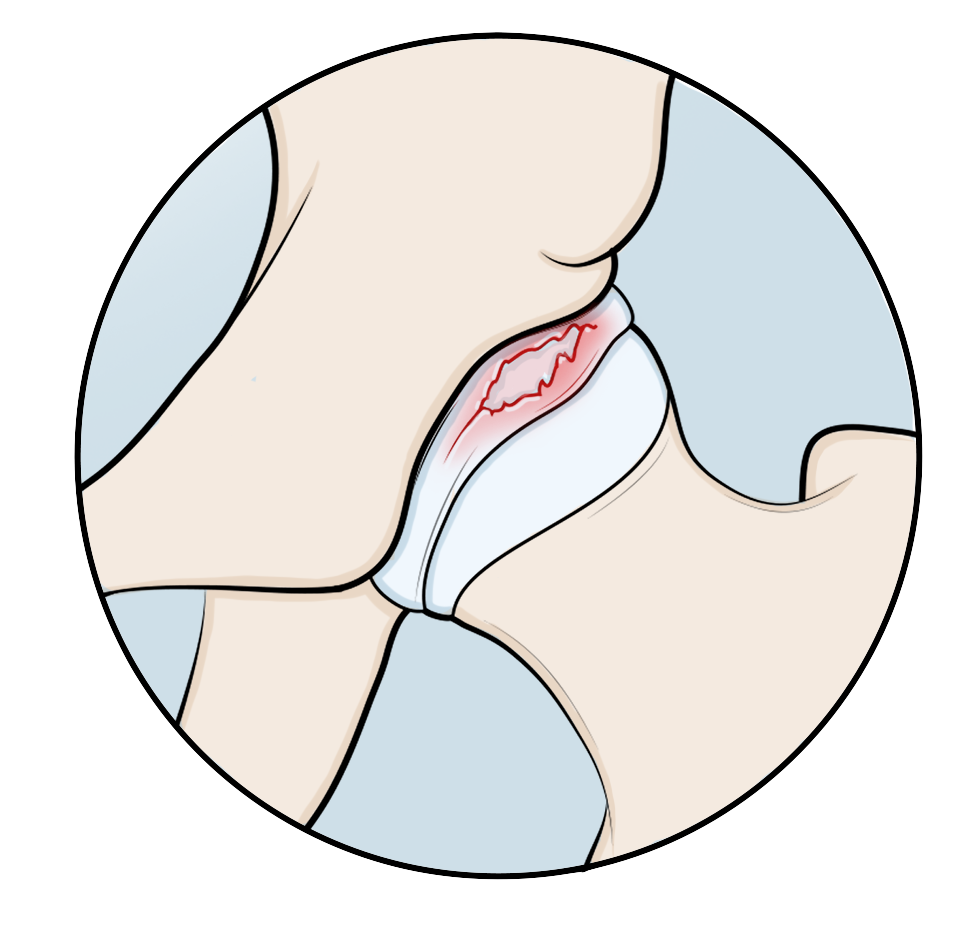
Hip Labral Tear
Did you know that a hip labral tear is one of the most common injuries in athletes? Or that it can occur in people of all ages? If you are suffering from a hip labral tear, or suspect that you may have one, this guide is for you. In this guide, we will discuss what a hip labral tear is, its symptoms, and how it is diagnosed and treated. We will also provide tips on how to prevent a hip labral tear. So, whether you are an athlete who wants to learn more about this injury or someone who is suffering from it right now, keep reading.
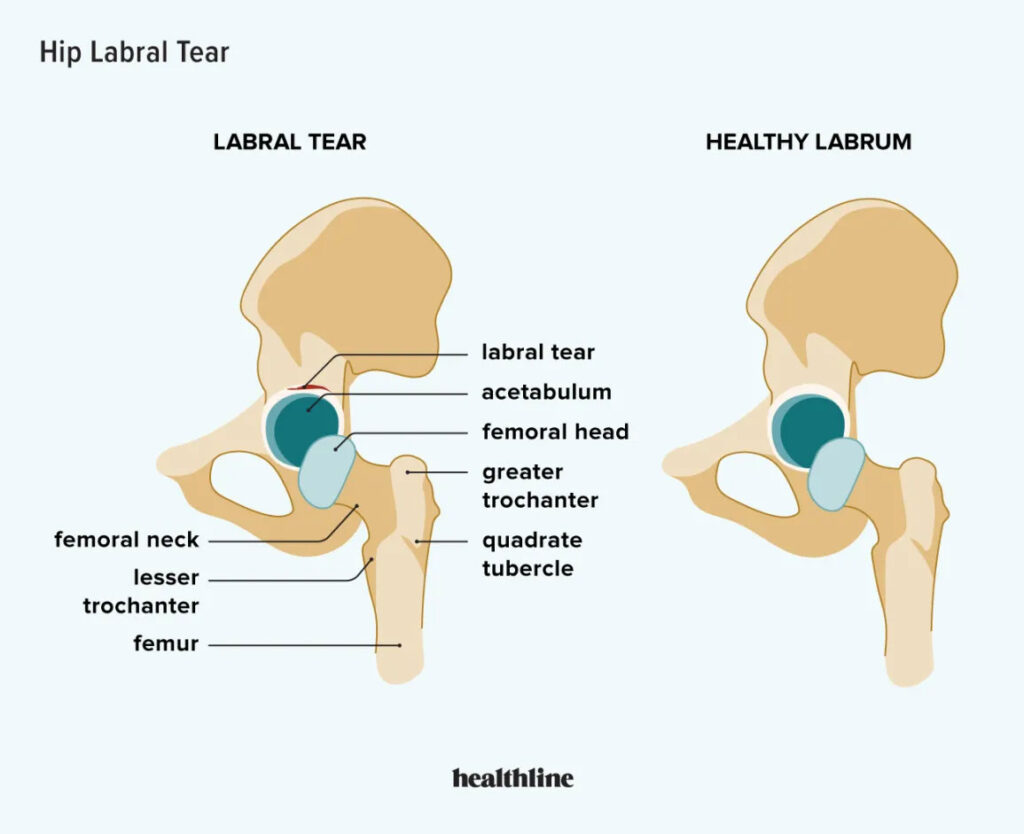
Hip labral tear: An overview
The hip labrum is a ring of cartilage that surrounds the socket of the hip joint. A torn hip labrum can cause pain and instability in the hip joint. Hip labral tears are most often caused by repetitive motion or trauma to the hip joint. The tear of the hip is seen more often in athletes who participate in high-impact sports, such as football, hockey, and soccer.
Causes of a hip labral tear
The most common cause of a hip labral tear is overuse or injury. This can occur from repetitive motions during sports, such as baseball, football, soccer, and hockey. It can also happen from a fall onto your hip or from an accident.
Another cause of a hip labral tear is arthritis. This can wear away the cartilage that cushions your hip joint and lead to a tear in the labrum.
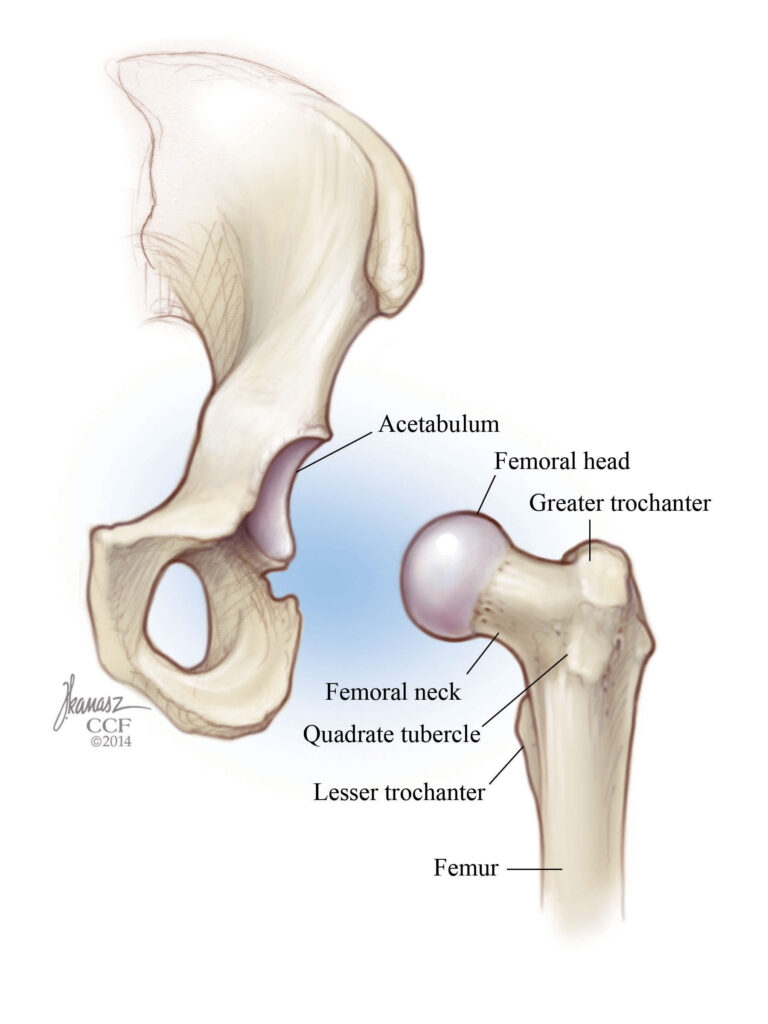
Symptoms of a hip labral tear
The most common symptom of a hip labral tear is pain in the hip or groin area. You may also feel a clicking or catching sensation when you move your hip. Other hip labral tear symptoms may include:
– Pain in the hip or groin
– Stiffness in the hip joint
– clicking or catching sensation in the hip joint
– decreased range of motion in the hip joint
– the feeling of instability in the hip joint
If you have any of these symptoms, you should see your doctor for an evaluation.
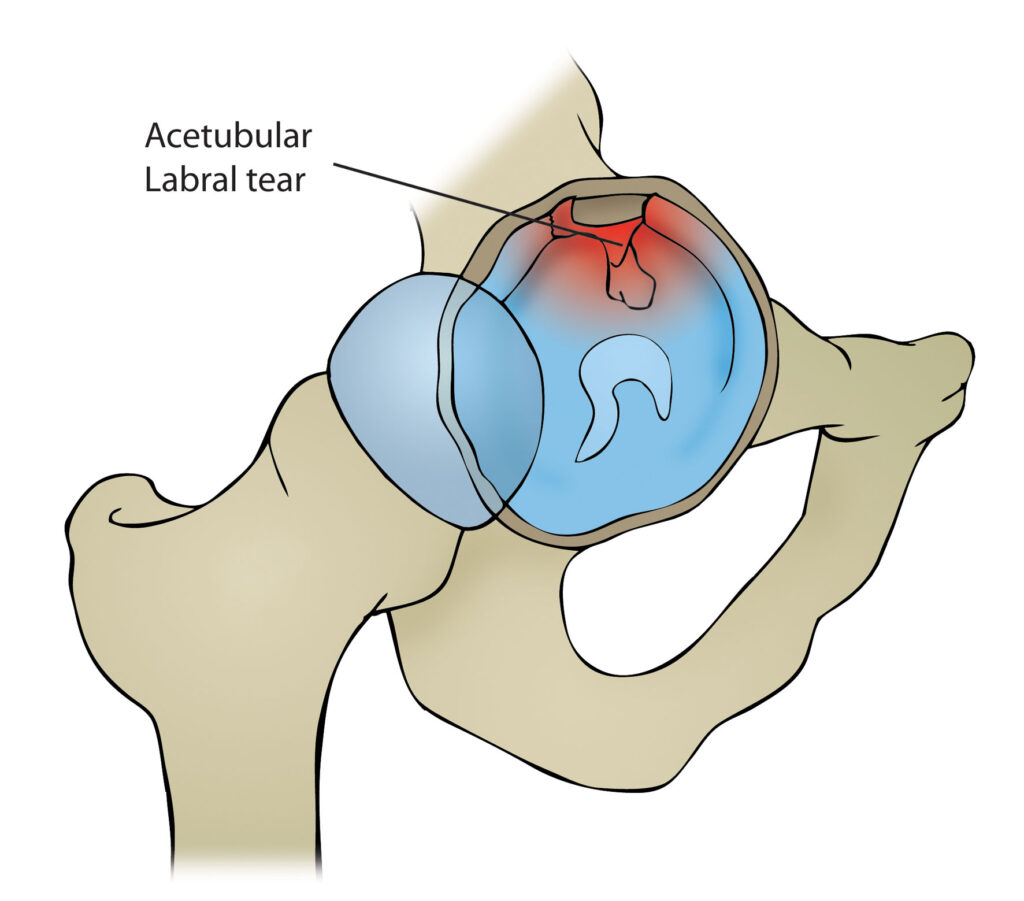
Diagnosis for Hip Labral Tear
There are several ways to diagnose a hip labral tear. Your doctor will likely start with a physical examination. He or she will ask about your symptoms and check for areas of tenderness around your hip joint. Your doctor may also order X-rays or an MRI to get a better look at the structures inside your hip joint. Hip arthroscopy can help to rule out other causes of your hip pain, such as arthritis or a fracture.
If your doctor suspects that you have a hip labral tear, he or she may recommend a hip labral tear surgery to repair the damage.
Treatment for a hip labral tear
Treatment for a hip labral tear will vary depending on the severity of the injury. For a small or partial tear, treatment may involve rest, ice, and physical therapy. For a more severe tear, treatment may require surgery to repair the damage. In some cases, a hip labral tear may not require any treatment at all and will heal on its own.
If you have a hip labral tear, it is important to consult with a doctor or orthopedic specialist to determine the best course of treatment. If you do not receive treatment for a hip labral tear, the condition may worsen and lead to further damage to the hip joint. untreated hip labral tears can also cause pain and disability.
Most people with a hip labral tear will eventually need surgery to repair the damage. Surgery is often the only way to fully restore function to the hip joint. Recovery from surgery can take several months, but most people are able to return to their normal activities within a few months.
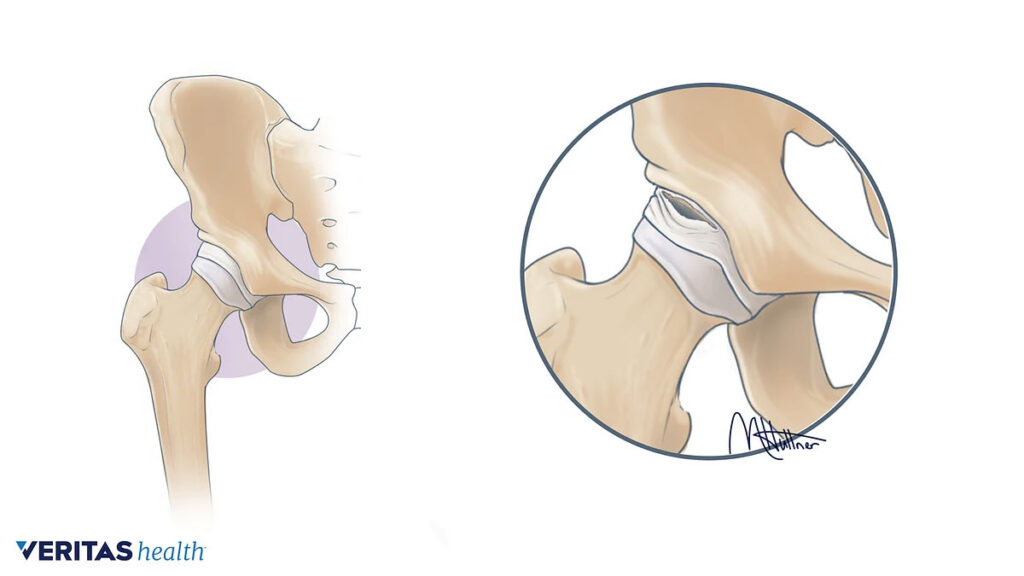
How can you prevent a hip labral tear?
There are several things you can do to help prevent a hip labral tear:
- Keep your hips strong and flexible.
- Avoid high-impact activities or those that require sudden twisting motions of the hip.
- Wear appropriate shoes for your sport or activity.
- Use proper technique when participating in activities.
- Warm up properly before participating in any activity.
- Cool down and stretch after participating in any activity.
- Follow your doctor’s instructions if you have had a previous hip injury or surgery.
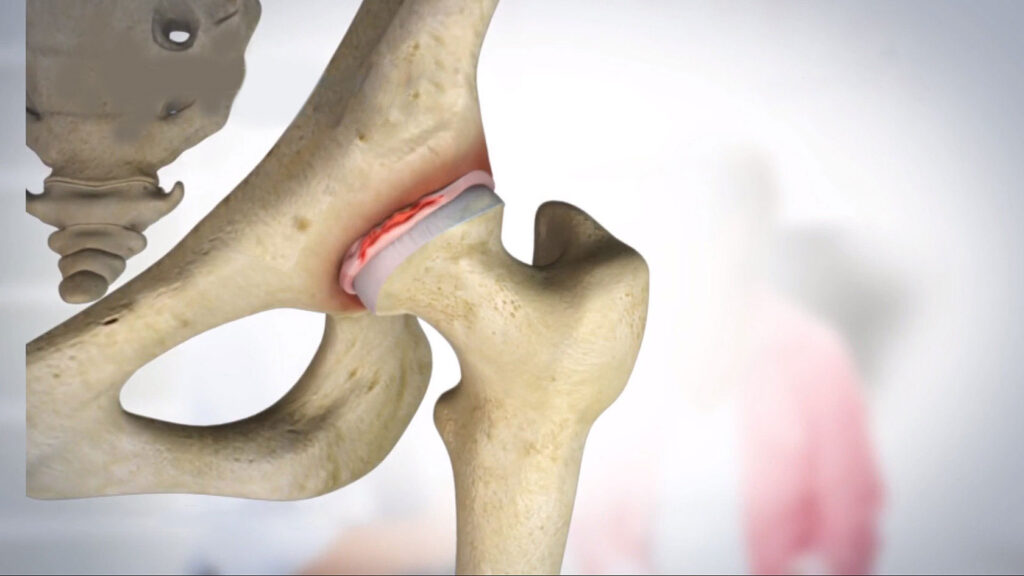
The prognosis for a hip labral tear
The prognosis for a hip labral tear is usually good. Most people with this condition can expect to see a significant improvement in their symptoms with nonsurgical treatment. However, some people may eventually need surgery to correct the problem.
Risks associated with a hip labral tear
A hip labral tear is a serious injury that can lead to long-term pain and disability. If you have a hip labral tear, you may be at risk for:
*Arthritis: A hip labral tear can damage the cartilage in your hip joint, leading to arthritis.
*Chronic pain: A hip labral tear can cause chronic pain in your hip or groin area.
*Instability: A hip labral tear can make your hip feel unstable or “give out.”
*Limited range of motion: A hip labral tear can limit your ability to move your hip.
If you have a hip labral tear, it is important to see a doctor so that you can get the proper treatment. Treatment may include physical therapy, exercises, and/or surgery.
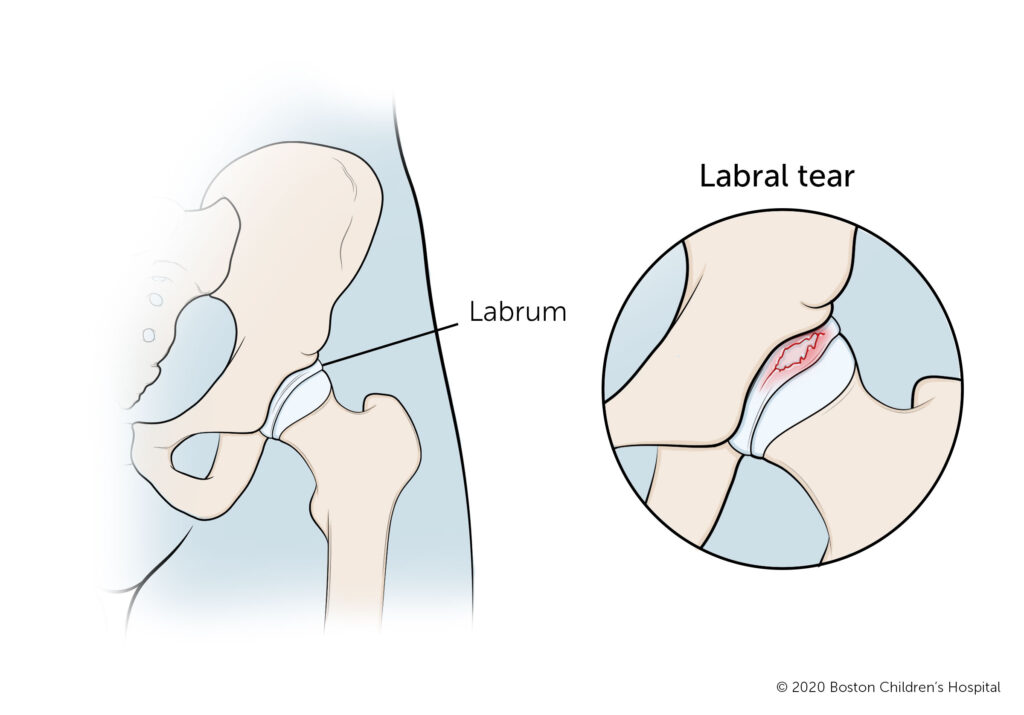
Frequently Asked Questions about hip labral tear
It is possible for a labral tear to heal without surgery, but it is not common. Most people who have a tear in their labrum will need to have surgery to repair the damage. The chances of the tear healing without surgery are increased if the tear is small and does not involve the joint surface. However, even with these factors, the chances of tear healing without surgery are still only about 50%.
A labral tear is a serious injury. It can cause pain and instability in the hip joint. If the tear is not repaired, it can lead to further damage to the hip joint. Hip socket damage, arthritis, and bone death can all occur as a result of an untreated labral tear.
A torn hip labrum can cause a variety of symptoms. The most common symptom is pain. The pain is usually felt in the groin or outer hip area. It may also be felt in the back, buttocks, or thigh. The pain may be worse with activity or when the hip is moved in certain positions. Other symptoms include clicking, popping, or catching in the hip joint. The hip may feel unstable or like it is going to give out.
A torn hip labrum can cause a variety of symptoms. The most common symptom is pain. The pain is usually felt in the groin or outer hip area. It may also be felt in the back, buttocks, or thigh. The pain may be worse with activity or when the hip is moved in certain positions. Other symptoms include clicking, popping, or catching in the hip joint. The hip may feel unstable or like it is going to give out.
The most common cause of a hip labral tear is hip impingement. This occurs when the bones of the hip joint do not line up correctly and the ball (femoral head) rubs against the socket (acetabulum). This rubbing can damage the cartilage and over time may cause a tear.
A hip labral tear is usually diagnosed based on a review of your symptoms and a physical examination. Sometimes, the hip or groin pain is due to hip dysplasia. Your doctor may also order imaging tests, such as an MRI or CT scan, to confirm the diagnosis. hip socket
A hip labral tear is usually diagnosed based on a review of your symptoms and a physical examination. Sometimes, the hip or groin pain is due to hip dysplasia. Your doctor may also order imaging tests, such as an MRI or CT scan, to confirm the diagnosis. hip socket
If left untreated, a hip labral tear can lead to further damage to the cartilage in the hip joint and eventually to arthritis. Therefore, it is important to seek medical treatment if you think you may have a hip labral tear.
Have you been injured at some point in your journey?
Are you not achieving your highest level of function?
We’ve helped hundreds of people at all walks in life
get back to performing their best painfree!
3 Ways to Level Up Your Rehab and Injury Prevention With Us





